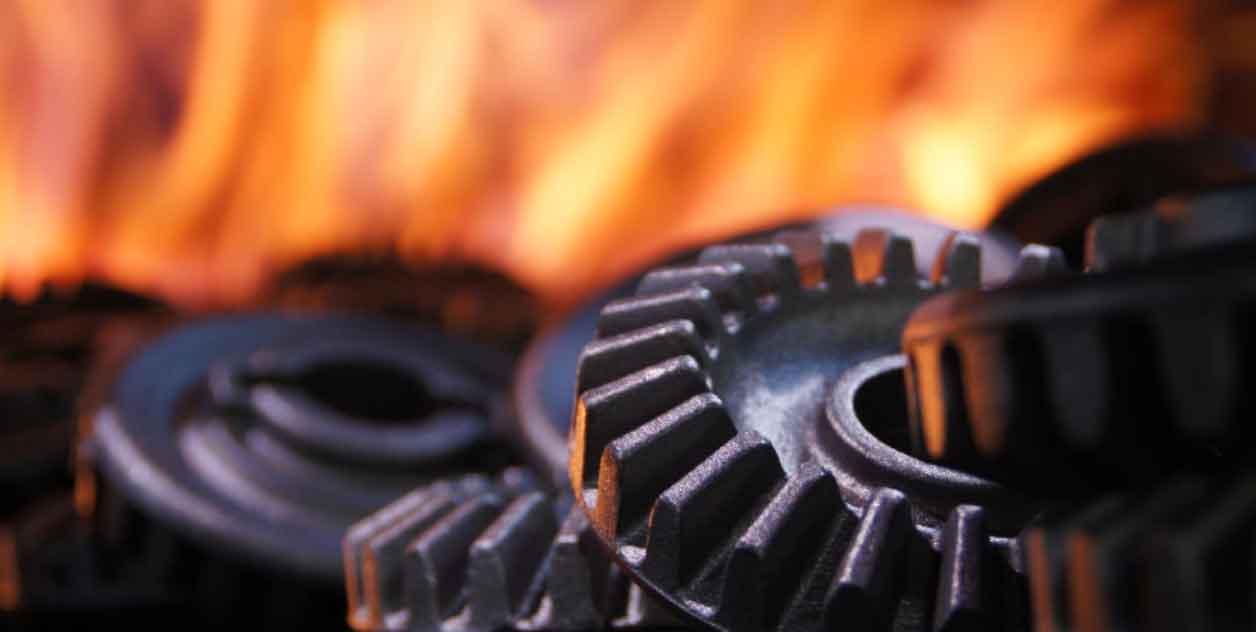Heat treatment quality control is essential for ensuring consistent and reliable results when heat treating spiral gears. Here are some key considerations for maintaining quality control during the heat treatment process:

- Process Monitoring: Implement a robust process monitoring system to track and record critical parameters during heat treatment. This may include monitoring furnace temperature, atmosphere composition, heating and cooling rates, and cycle times. Regularly calibrate and verify the accuracy of temperature sensors and monitoring equipment.
- Standardized Procedures: Develop standardized heat treatment procedures that specify the required process parameters, equipment settings, and treatment times for spiral gears. Ensure that operators are trained on these procedures and follow them consistently. Deviations from the standard procedures should be documented and investigated.
- Material Verification: Verify the material composition of the gears before heat treatment. Use appropriate testing techniques, such as spectroscopy or chemical analysis, to confirm that the gears are made of the correct material. This step helps ensure that the heat treatment process is optimized for the specific gear material.
- Proper Fixturing: Use suitable fixtures or carriers to ensure uniform heat distribution and minimize distortion during heating and quenching. Improper fixturing can lead to uneven heating or warping of gears, resulting in dimensional and performance issues.
- Quenching Medium Control: Maintain precise control over the quenching medium, such as oil, water, or polymer, to achieve the desired hardness and minimize distortion. Regularly test and monitor the quenching medium for contamination, temperature, and viscosity to ensure consistency.
- Hardness Testing: Perform hardness testing on representative samples of the heat-treated gears to verify that the desired hardness values are achieved. Use appropriate hardness testing methods, such as Rockwell or Brinell, and ensure that the testing equipment is properly calibrated.
- Metallurgical Analysis: Conduct metallurgical analysis, such as microstructural examination and grain size measurement, to assess the quality and consistency of the heat-treated gears. This analysis helps identify any abnormalities, such as excessive grain growth, retained austenite, or undesired phases, which may affect gear performance.
- Non-Destructive Testing: Employ non-destructive testing techniques, such as ultrasonic or magnetic particle testing, to detect surface and subsurface defects, including cracks or inclusions, that may have been introduced during heat treatment. Regularly inspect the gears using appropriate non-destructive testing methods.
- Documentation and Traceability: Maintain comprehensive records of heat treatment processes, including process parameters, equipment used, and inspection results. This documentation facilitates traceability and enables analysis in case of any quality issues or customer complaints.
- Continuous Improvement: Regularly review heat treatment processes, analyze any quality deviations or failures, and implement corrective actions to continuously improve the heat treatment process. Encourage feedback from operators, inspectors, and customers to identify areas for improvement.
By implementing these quality control measures, manufacturers can ensure that spiral gears undergo consistent and reliable heat treatment, leading to optimal performance and durability in the final products.
